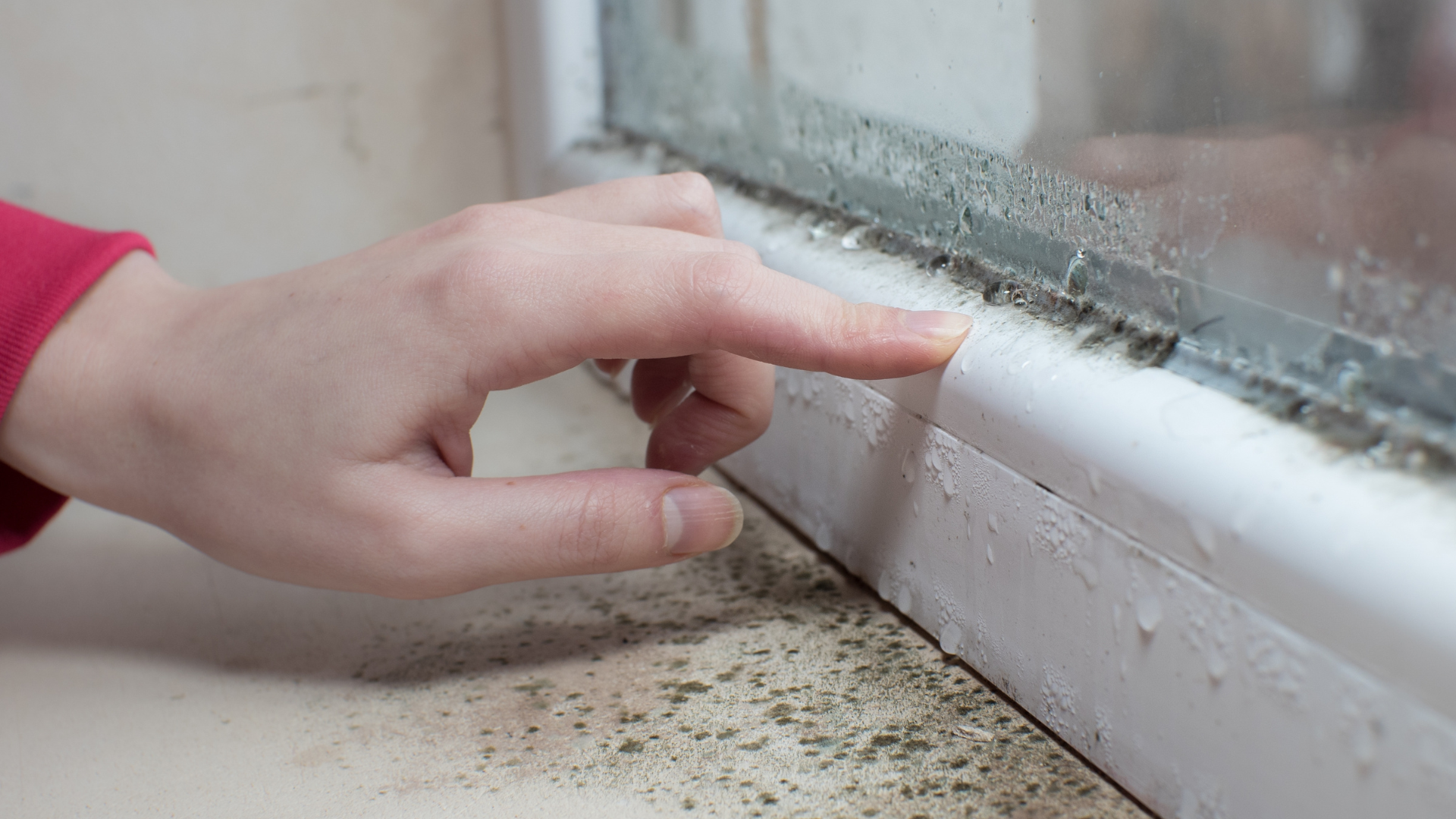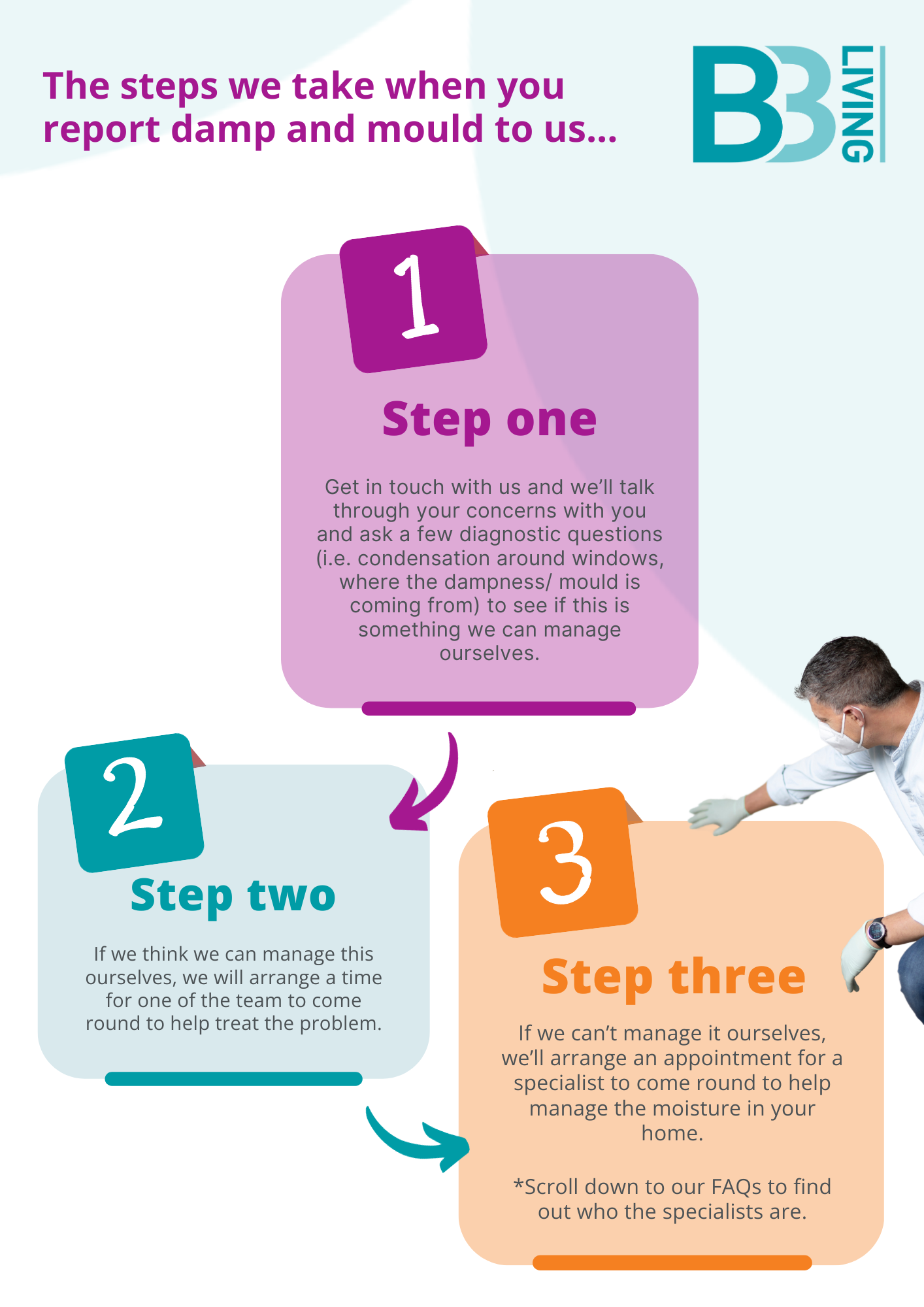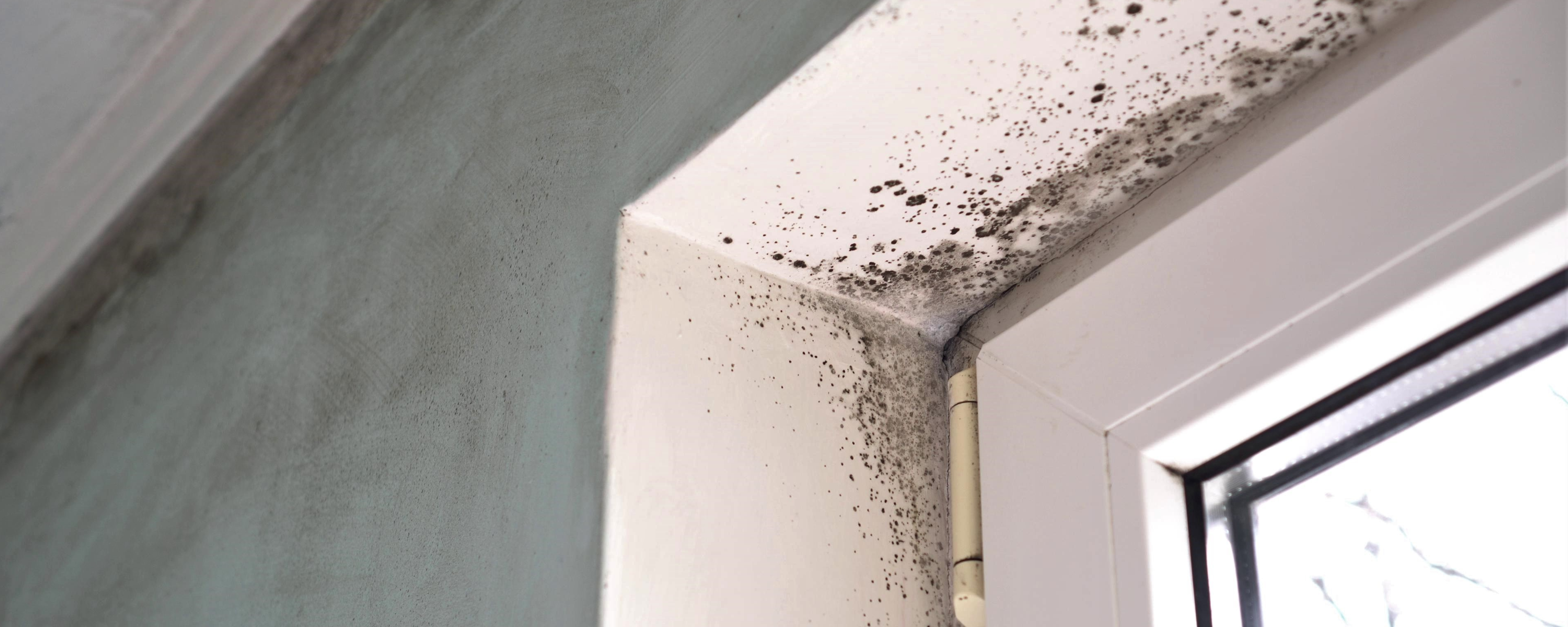Experiencing signs of condensation and mould in your home can be concerning. Especially when you’re anxious about what impact this might have on the health and wellbeing of yourself and your family.
We wouldn’t want you to live in these conditions.
We want to you know how seriously we take these cases. If you have concerns about the condensation and mould in your home, please get in touch.
Take a look at our 'you said, we did.'

What's the difference?
Condensation
This happens when moisture in the air meets a colder surface, such as a window or a cold wall (like your car on a cold day). It then condenses and becomes water droplets on that surface. This is relatively normal - but important to keep on top of.
Dampness
This happens when there’s too much moisture that becomes difficult to manage - so needs to be looked at further. This is commonly the direct result of condensation, but can also be caused by other issues (e.g. roofing, plumbing leaks and gutters).
Mould
This is a type of fungus. It thrives in moist conditions. It often looks like 'fuzz' or appears to be a stain, smudge or discolouration. The most common moulds are black, green or white.

Do you have concerns about the level of moisture in your home - or mould developing?

The Dwelling Doctors are a national mould removal and condensation control business. They are experts when it comes to controlling moisture, eliminating mould and making sure your home is safe!
Yes, it can be. It’s often because it’s cold outside and warmer (more humid) inside.
So condensation forms on the inside of your windows. You may also see this from the steam of a shower, or when cooking in your kitchen.
In the winter, when it’s colder outside, moisture can collect on surfaces and become a breeding ground for mould. So, during this time, it’s really important to open a window, wipe away moisture from surfaces and ventilate where you can - or use a dehumidifier to help reduce the moisture in the air which can prevent damp and mould.
Our team have a wealth of knowledge and can offer lots of advice. They can look for patterns of moisture build up in your home to try and diagnose what’s causing the problem, and then offer guidance for next steps.
Some next steps we can take include:
- Installing an extractor fan.
- Request a visit to service your home – looking at draught proofing doors and windows, (wherever you feel cold air coming in, warm air will be going out).
- Providing a dehumidifier.
- Checking your tumble dryer (if you have one), to check it’s getting the right ventilation.
- Check common building issues like broken roof tiles, blocked guttering, or faulty plumbing.
- Visit your home or arrange a revisit if the issue comes back.
- Arrange a visit from our specialist the Dwelling Doctors.
When you report damp and mould to us, we will go through the diagnostic questions with you. This will help us to assess whether it might be a building issue.
If it is a building issue and we think we can manage the problem we will arrange a time for one of the team to come round, assess and help treat the problem if they can. If we can’t manage it ourselves, we’ll arrange an appointment for a specialist to investigate. They will assess how we can put this right and fix the problem as soon as possible.
Common building issues could be:
- Leaks - that come from broken roof tiles, blocked guttering or faulty plumbing.
- Rising damp - caused by water rising up and into a building from the ground.
- A poorly insulated building
- Faulty ventilation or heating system.
If you think you might have a building issue like this, please contact us as soon as you can. This way we can get this sorted before it develops into damp or mould in your home.
Everyday routines such as washing, cooking, drying clothes and even just breathing puts moisture into the air. Some moisture in your home is inevitable. Especially during the winter months.
But, when too much moisture is in the air - it can become tricky to manage, which is why it’s important to ventilate your home as much as possible or investigate where moisture is coming from.
Want to talk through your issue? Chat to us on live chat.